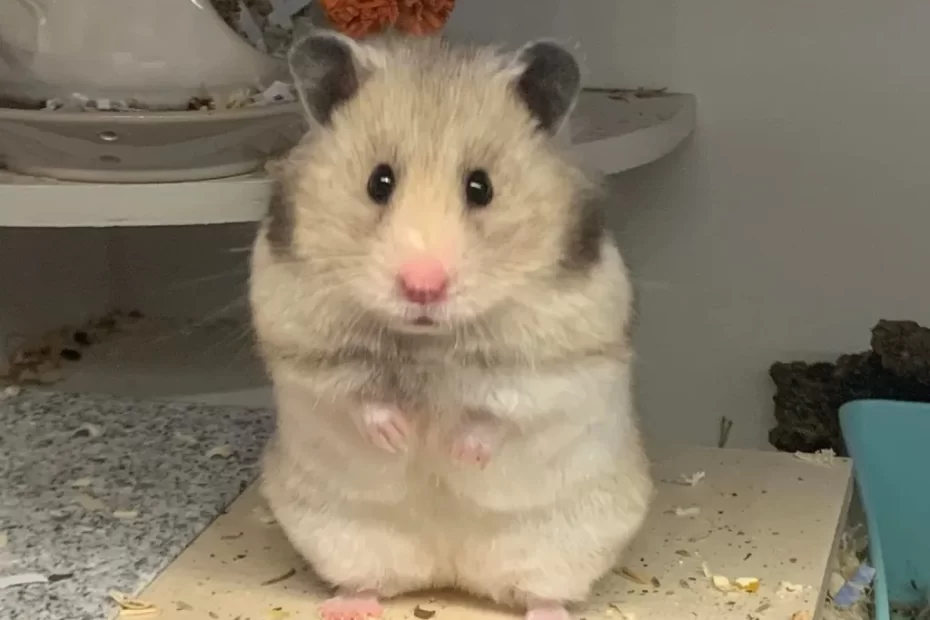Hamster Info Ireland strive to help as many people as possible. Sometimes that means helping people improve their care, find hamsters to love, and sometimes it means helping people who can no longer care for their hamster. If you’re looking to rehome your hamster, please click the button to fill out our surrender form – remember, give us as much information as possible!
Hamster Info Ireland’s Guide to Hamster-Keeping
Enclosure – this should be 100cm x 50cm for Syrian hamsters and 80cm x 50cm for dwarf hamsters. This is just the bare minimum, and we always encourage people to go bigger!
Wheel – Syrian hamsters need a larger wheel than dwarf hamsters. Dwarf hamsters need a wheel 21cm in diameter and Syrians need 28cm. A hamster’s back should always be straight while running!
Food – Different hamster species require different diets, so feeding them a bag of “hamster, mouse and gerbil food” just isn’t going to cut it. There are multiple brands that provide species specific mixes. Hamsters can also eat a lot of different fruits and vegetables, protein like boiled chicken and even a tiny piece of babybel cheese. Just remember, winter white dwarf hamsters are prone to diabetes, so try not to feed them as much fruit, stick to vegetables.
Bedding – Or as we like to call it, substrate! There are lots of different substrates you should provide for a hamster. The main substrate can be wood shavings or paper based and should be at least 15cm deep for dwarf hamsters and 20cm deep for syrians – these come in larger bags than other substrates so it’s easy to fill a suitable enclosure. They’re also better for holding burrows – which a hamster loves to build! Other substrates you can use are orchard grass (to help with burrow stability), coco soil, corn litter and cork granules (for digging) Hamsters love to dig so providing them with at least 4 substrates will make them very happy!
Sand – sand is one of the most important substrates hamsters need, they use it to clean their fur. Dwarf hamsters like to roll around in it and Syrians prefer to kick it up with their front legs. A hamster’s coat should never be greasy and having a sand bath makes sure they can look after their fur properly.
Enrichment – Hamsters are very active animals so they should be given lots of things to keep their minds and bodies active – after all, running all night on a wheel gets boring! Enrichment for a hamster can include many things, such as hides, tunnels, bridges, leaf litter for foraging, digging pits to hide treats in, as well as sprays such as oat, millet or flax. Even cardboard boxes and tubes make great hamster entertainment. These items help a hamsters use their natural instincts as they would in the wild.
Hamster Info Ireland are committed to preventing cruelty and promoting the proper care of hamsters. Through our activities, we aim to reduce hamster suffering and increase hamster wellbeing.
There’s so much to learn about these awesome little creatures, and when you look after them properly, it’s lots of fun.
For more in depth information on proper hamster care – visit our website https://hamsterinfoireland.ie/

